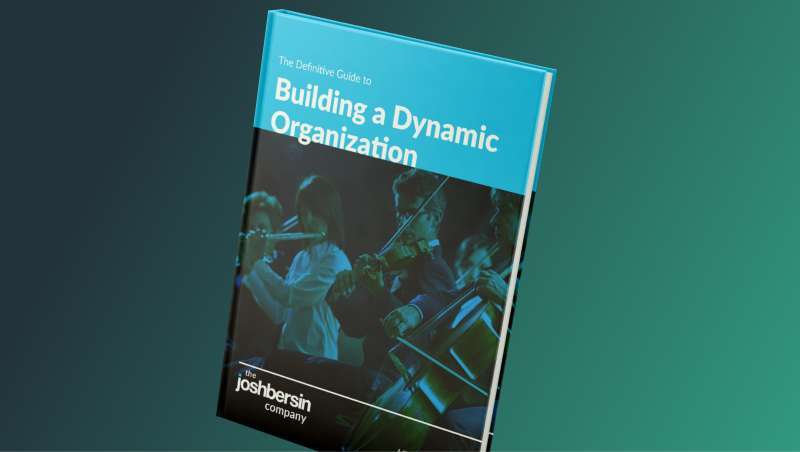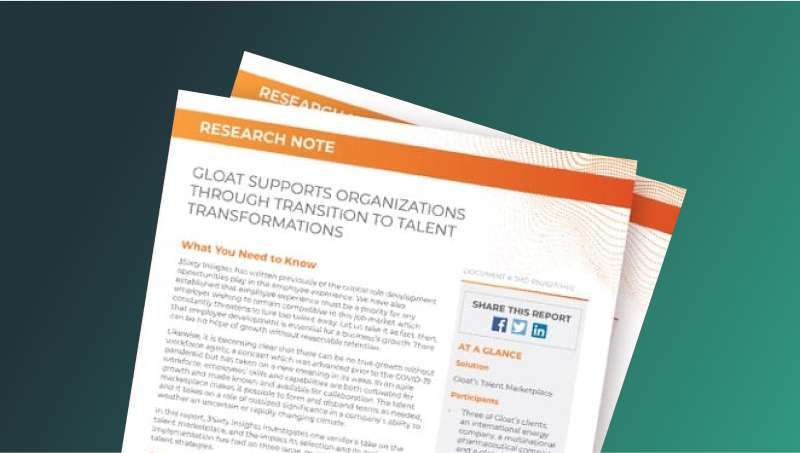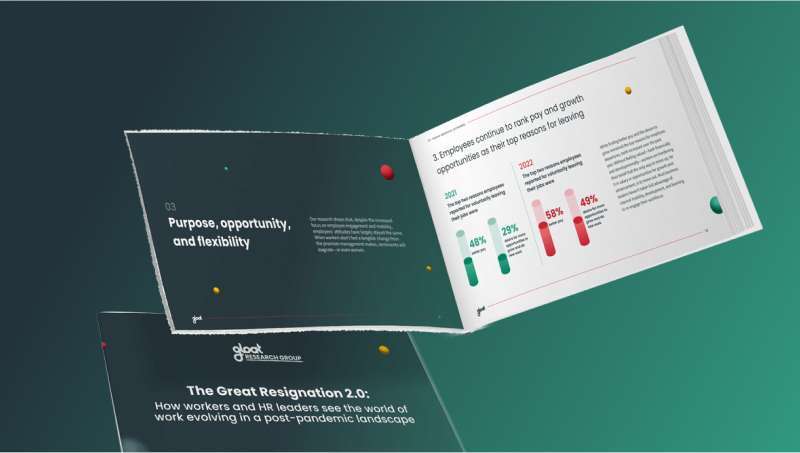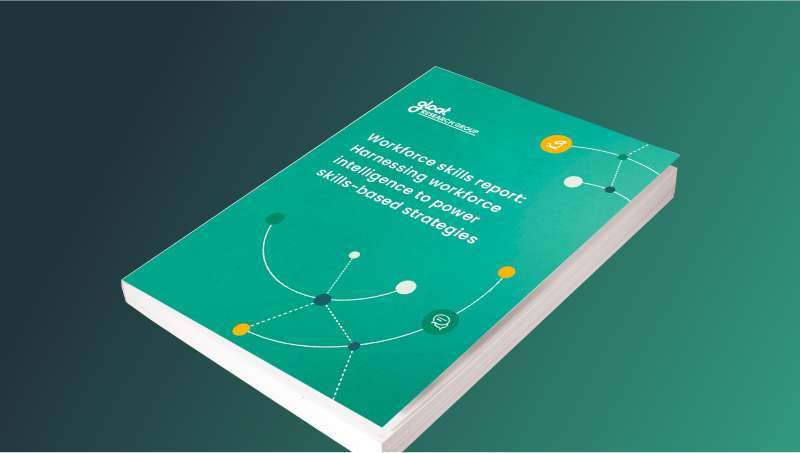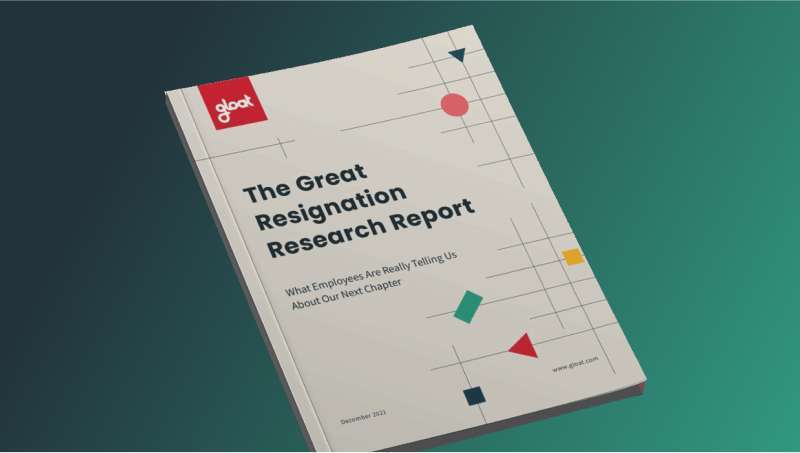There’s a new gold standard for HR strategy: the dynamic organization. Gloat and The Josh Bersin Company analyzed 765 companies to shed light on the strategies driving the greatest impact. Find out what they are and what they can do for your business.
Archives: Research
3Sixty Insights unpacked 3 talent transformations with Gloat
The leading research firm followed three of our customers’ talent transformation journeys—now they’re sharing their game-changing results and inspiring best practices.
Josh Bersin’s 5 tech takeaways for HR leaders
96% of companies are planning enterprise-wide transformations. Yet, there’s a lot of uncertainty about the technology that’s needed to bring these visions to life. Fortunately, digital talent management was the topic of discussion during our latest catch-up with industry analyst Josh Bersin. Download this guide to learn what he and Jeff Schwartz, Gloat’s VP of Insight and Impact and founder of Deloitte’s Future of Work practice, have to say about talent marketplaces, Skills Foundation, and the future of work.
12 Workforce agility statistics: what workers want, what HR can deliver
Turbulent times upgraded workforce agility from a buzzword to a non-negotiable. Instead of sticking with the same tried-and-true approach, organizations must make bold changes to unlock the level of agility that the new world of work requires. Yet leaders keep running into the same roadblocks: legacy frameworks, tight timelines, and a resistance to change. Everyone feels the weight of these challenges, but it manifests differently for employees and HR managers.
Until now, leaders haven’t been able to see both sides of the story. Employee feedback might paint one picture, while manager input portrays another. Since businesses need a single source of truth to turn their vision of workforce agility into a reality, we polled over 1,000 employees and HR managers to get their insights on what it takes to fuel more dynamic ways of working. There’s a full report coming out shortly (sign up to be notified when it’s released), but we’re sharing the statistics that illustrate the most pressing workforce agility challenges right now.
The Great Resignation 2.0: 12 statistics show that employees haven’t moved on
As the Great Resignation continues into its second year, a Gloat Research Group survey shows employee sentiments
about opportunity, purpose, and flexibility remain strong, while HR leaders slowly shift focus toward internal mobility. Download the complete report for an in-depth analysis
10 workforce skills statistics every HR leader needs to know
With the pace of change accelerating and the threat of an economic downturn on the horizon, agility is a necessity for achieving operational continuity. While most executives see the value in shifting to a dynamic, skills-based strategy, changing the way work gets done isn’t easy. Rather than searching for a quick-fix solution, leaders must turn their attention toward employees and managers and devise a strategy based on the obstacles they’re facing.
Great Resignation Research Report
By now, we know the Great Resignation isn’t a short-lived fad. It’s a once-in-a-lifetime call to action. But what’s really going to move the needle on workplace turnover?
To answer this question, the Gloat Research Board commissioned a survey of over 1,000 workers, analyzed the results, and compiled the key insights you’ll need to future-proof your retention strategy. If you want to learn what’s really fueling the Great Resignation, download the report now.


